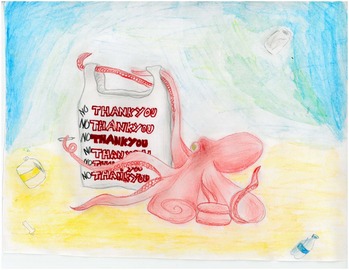 Artwork by Ava E. (Grade 6, California), winner of the Annual NOAA Marine Debris Program Art Contest.
Sharing gratitude for all our educators this season!
It's the season of gratitude! I'm grateful for marine debris educators in all seasons, but as this year draws to a close, I am especially appreciative of all that you do to keep the sea free of debris.
And what better way to celebrate the end of a year of marine debris education than with next year's calendar! Check out the 2025 Marine Debris Calendar, now available on the NOAA Marine Debris Program website. Students in Kindergarten through 8th grade can also submit to this year's art contest until December 13. Winners will be featured in a 2026 calendar!
We have a newsletter packed to the gills with opportunities: From art contests and awards to fellowships and funding! In particular, I hope anyone who is part of a community group and/or institution that is underserved, underrepresented, or overburdened by marine debris checks out the Fiscal Year 2025 Ocean Odyssey Marine Debris Prevention Awards for Diversity, Equity, Inclusion, Justice, and Accessibility (DEIJA). These awards (between $5,000-$10,000), administered by the National Marine Sanctuary Foundation in cooperation with the NOAA Marine Debris Program, are intended to support initiatives that prevent the adverse impacts of marine debris in communities that are underserved, underrepresented, or overburdened by marine debris. Learn more in today's newsletter, or at the National Marine Sanctuary Foundation website.
Here’s what you can look forward to in today’s newsletter:
New Resources:
- Marine Debris Educational Materials Tool
Student Opportunities & Highlights:
Educator Opportunities:
Funding Opportunities:
Plus, gobble up a fun craft repurposing egg cartons for a festive turkey decoration!
Enthusiastically,
Alexandria Gillen
NOAA Marine Debris Program Education Specialist
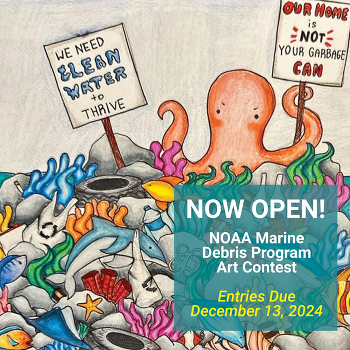 Artwork by Sahini K. (Grade 6, Florida), winner of the Annual NOAA Marine Debris Program Art Contest.
The NOAA Marine Debris Program holds an annual art contest to reach K-8 students and help raise awareness about marine debris. Students in kindergarten through eighth grade from the United States and U.S. territories can submit artwork that answers the questions:
- How does marine debris impact the ocean and Great Lakes?
- What are you doing to help prevent marine debris?
For contest and submission guidelines, please visit our website and download the entry form (also available in Spanish). Enter today and you could see your artwork featured in our 2026 Marine Debris Calendar! So get crafty, get creative, and help us raise awareness about marine debris.
Entries due December 13, 2024.
Best for: Elementary School, Middle School, Non-Formal Audiences
Applicable Region(s): All U.S. States and Territories
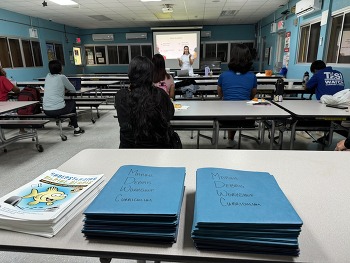 The Commonwealth of the Northern Mariana Islands Educator Workshop in July 2024 (Credit: NOAA).
Are you part of a community group and/or institution that is underserved, underrepresented, or overburdened by marine debris? Is your community group and/or institution looking to create positive change by addressing issues caused by marine debris?
With funding from the NOAA Marine Debris Program, the National Marine Sanctuary Foundation will award funding to support initiatives that prevent the adverse impacts of marine debris in communities that are underserved, underrepresented, or overburdened by marine debris. These projects may include marine debris prevention, education, and outreach activities.
Priority will be given to projects that directly benefit or support communities in need and involve community members in all aspects of the project, from planning to execution. Projects throughout the coastal United States, Great Lakes, territories, and Freely Associated States are eligible for consideration. Individual awards will range between $5,000 and $10,000.
Proposals are due on November 20, 2024.
Best for: Educators, Non-formal Audiences
Applicable Region(s): All U.S. States and Territories
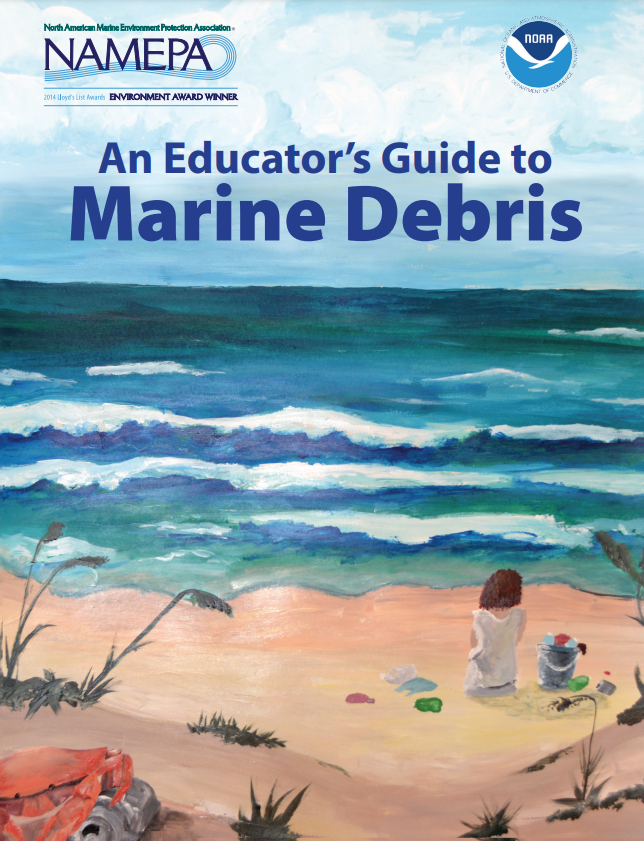 Explore lesson plans, activities, videos, and more with the new Education Materials Tool (Credit: NOAA).
Did you know that the Marine Debris Program has more than 200 classroom resources - including lesson plans, videos, activities, and more - all available online for free? With our new Education Materials Tool, you can search and filter these resources by categories and key words according to your needs! Check out the many resources we have available on our website and stay tuned as we continue to add more!
Best for: Educators, Non-formal Audiences
Applicable Region(s): Anywhere
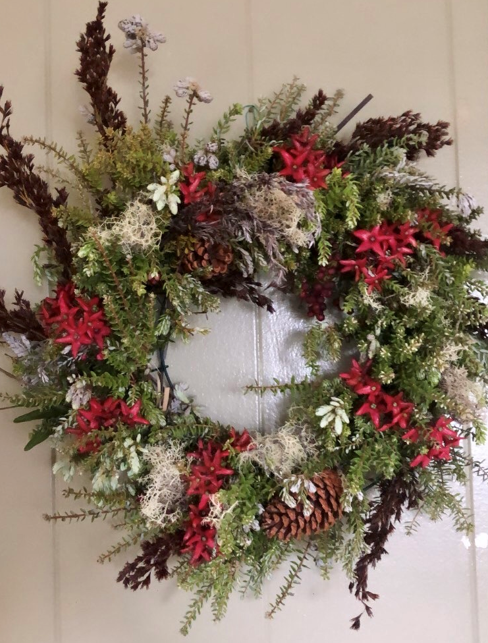 A wreath hanging on a wall made out of tree trimmings, flowers, pinecones, and other natural materials from both native and invasive plants found on Hawai'i Island (Credit: NOAA).
Holidays are a wonderful time, but also a time that can lead to mountains of unnecessary waste! The NOAA Marine Debris Program is excited to share some of the ways we have been keeping busy and getting ready for the holidays, including creative decoration and gift wrapping ideas, zero-waste gifts, and even reducing waste while traveling. Here are a few tips for a low-waste holiday season:
Learn more on the Marine Debris Program blog, and be sure to subscribe to the blog or the MDP Monthly Newsletter to get the latest updates!
Best for: Anyone
Applicable Region(s): Anywhere
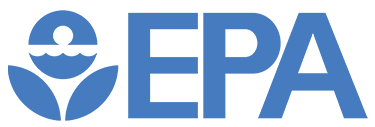 U.S. Environmental Protection Agency (EPA) Administrator Michael S. Regan recently announced that EPA’s Office of Environmental Education is requesting applications for the 2024 President’s Environmental Youth Awards (PEYA) and Presidential Innovation Awards for Environmental Educators (PIAEE). PEYA recognizes outstanding environmental stewardship projects from students in Grades K–12 that promote environmental awareness and encourage community involvement, and PIAEE recognizes outstanding Grade K–12 educators who integrate environmental education and place-based learning into school curricula and school facility management across the country.
Applications for both the student and educator awards are due January 15, 2025.
Best for: Elementary School, Middle School, High School and Older, Educators
Applicable Regions: All U.S. States and Territories

Are you a youth passionate about the ocean and the natural environment? Are you looking for a way to develop the skills you need to engage in conservation and stewardship opportunities? Do you want to connect with like-minded youth and become an environmental leader at your school or in your community? Apply to the new NOAA Ocean Guardian Youth Ambassador Program!
The NOAA Ocean Guardian Youth Ambassador program provides a new level of engagement for youth aged 13-18 committed to ocean conservation and stewardship of our blue planet. We are looking for enthusiastic youth with new ideas and a unique perspective to learn more about America’s underwater treasures and to share their passion with others. Together we can make a difference in the conservation and stewardship of the ocean through marine protected areas, and enhanced ocean and climate literacy.
Applications due January 5, 2025.
Best for: Middle School, High School and Older, Non-formal Audiences
Applicable Region(s): All U.S. States and Territories
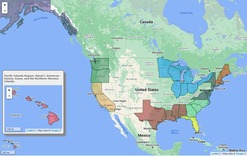
Check out marine debris projects around the country at the "In Your Region" page.
|
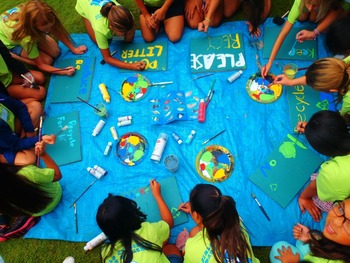 Improving sustainability and raising awareness about marine debris in your community is just one of many ways to take action on meaningful watershed education through B-WET programs (Credit: Hawai'i Wildlife Fund).
The 2025 Hawaiʻi Bay Watershed Education and Training (B-WET) funding opportunity is now open! B-WET funding is provided through competitive grants that promote Meaningful Watershed Educational Experiences (MWEEs). The B-WET program offers regional funding opportunities through local NOAA host offices. B-WET currently serves seven regions in the country. This regional approach allows B-WET to provide tailored grantee support and capacity building, as well as include place-based STEM resources and expertise and respond to local education and environmental priorities.
Applications are due January 31, 2025.
Best for: Educators, Non-formal Audiences
Applicable Region(s): Hawai'i
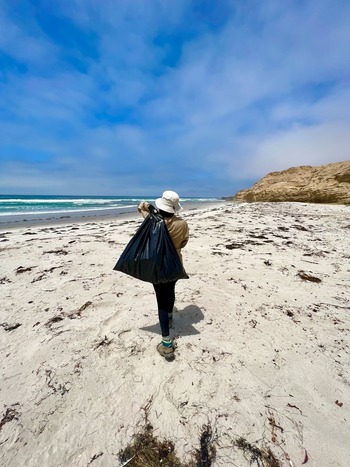 NOAA team member Christy Kehoe supports removal efforts from Channel Islands National Marine Sanctuary (Credit: NOAA).
California Sea Grant and the NOAA Marine Debris Program are soliciting applications for a 2-year fellowship to support the NOAA Marine Debris Program’s work in California and assist with the planning and implementation of the next iteration of the state's Ocean Litter Prevention Strategy (OLS). The NOAA Marine Debris Program coordinates local marine debris initiatives across the state, guides the implementation of the OLS in coordination with the Ocean Protection Council, and identifies and addresses the needs of the marine debris community. The Marine Debris Extension Fellow will work to support these efforts, including assisting in OLS workshop planning and facilitation, expanding equity efforts, coordination of multiple partners across various sectors, and informing a strategic state effort to effectively address trash and plastic pollution across California.
Applications due December 16.
Best for: Graduate Students
Applicable Region(s): California
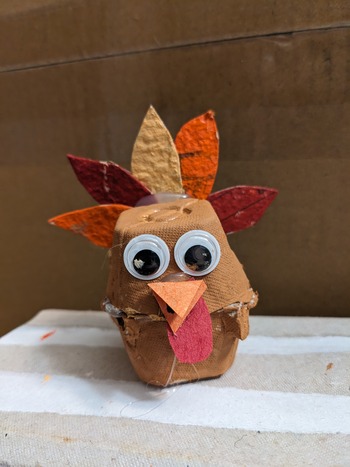 Gobble Gobble! Repurpose egg cartons to make adorable holiday turkeys (Credit: NOAA).
A great way to show your gratitude for our ocean and environment is to repurpose materials that would otherwise be thrown away. Get ready for the Thanksgiving spirit by upcycling an egg carton into a flock of turkeys!
Supplies Needed:
- Egg carton
- Colorful paints
- Construction paper
- Googly eyes
- Scissors
- Glue
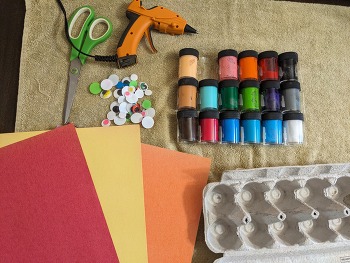 Gather your materials! You'll need an egg carton, googly eyes, construction paper, and some paints (Credit: NOAA).
Steps:
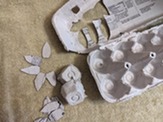
1. Cut out two of the cup-shaped sections of the egg cartons for each turkey you want to make. Use the top of the egg carton (the flat part) to cut out a few feather shapes.
|
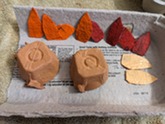
2. Paint the cup-shaped pieces brown (these will make up the turkey's body) and paint the feather pieces with festive colors. (Note: You could also use construction paper for these feathers.)
Cut out beak and wattle shapes from colored construction paper.
|
3. Wait for the paint to dry. Then, glue the feathers to the back of one body half. Then glue the body halves together, and glue the googly eyes, beak, and wattle pieces onto the top half.
4. Get ready to celebrate all that you're grateful for!
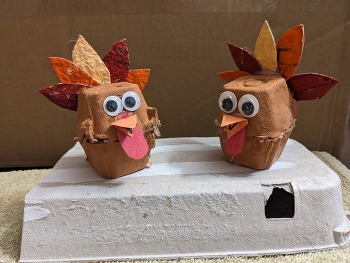 Now this looks like a party! (Credit: NOAA).
Looking for a craft from a previous newsletter? Check out our NOAA Marine Debris Program Newsletter Archive page to revisit all of our past activities, or explore the brand-new Craft Corner to see even more upcycling crafts.
Interested in more ways to help prevent marine debris at home, at school, or at the store? Dive into all kinds of ideas on our How to Help page.
Have any feedback on our content?
Contact us at marinedebris.web@noaa.gov if you have any questions, ideas, or hopes for our marine debris materials.
Subscribe to the NOAA Marine Debris Program Education Newsletter
Subscribe to the NOAA Marine Debris Program Monthly Newsletter
Subscribe to the Marine Debris Blog
|